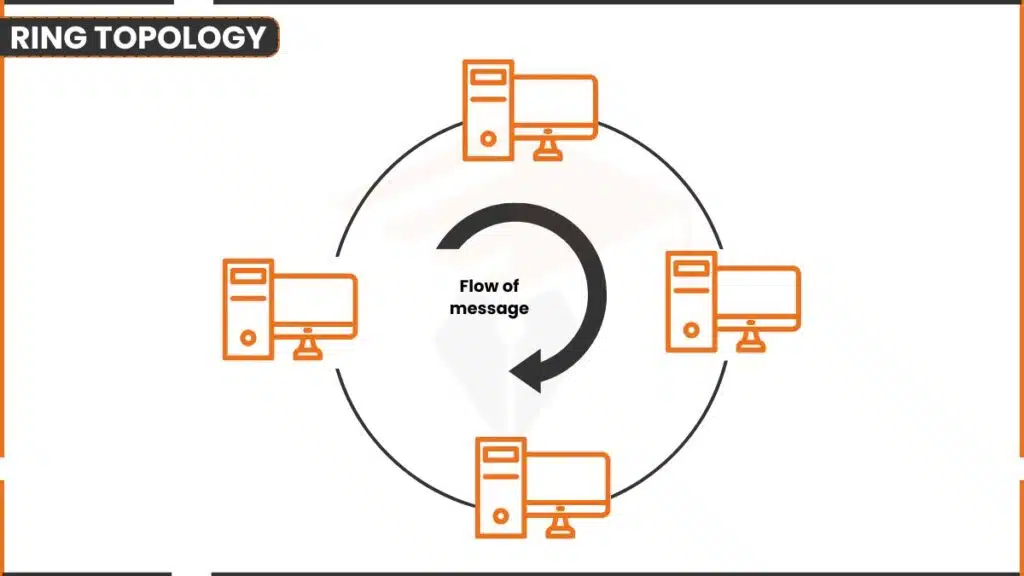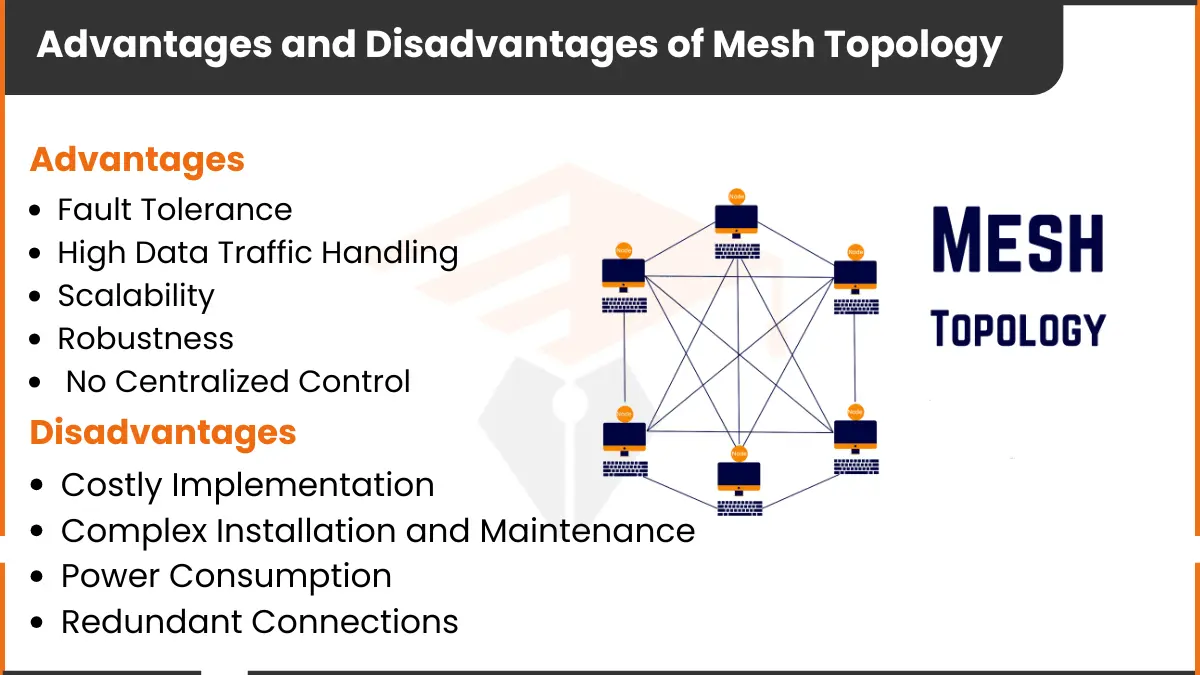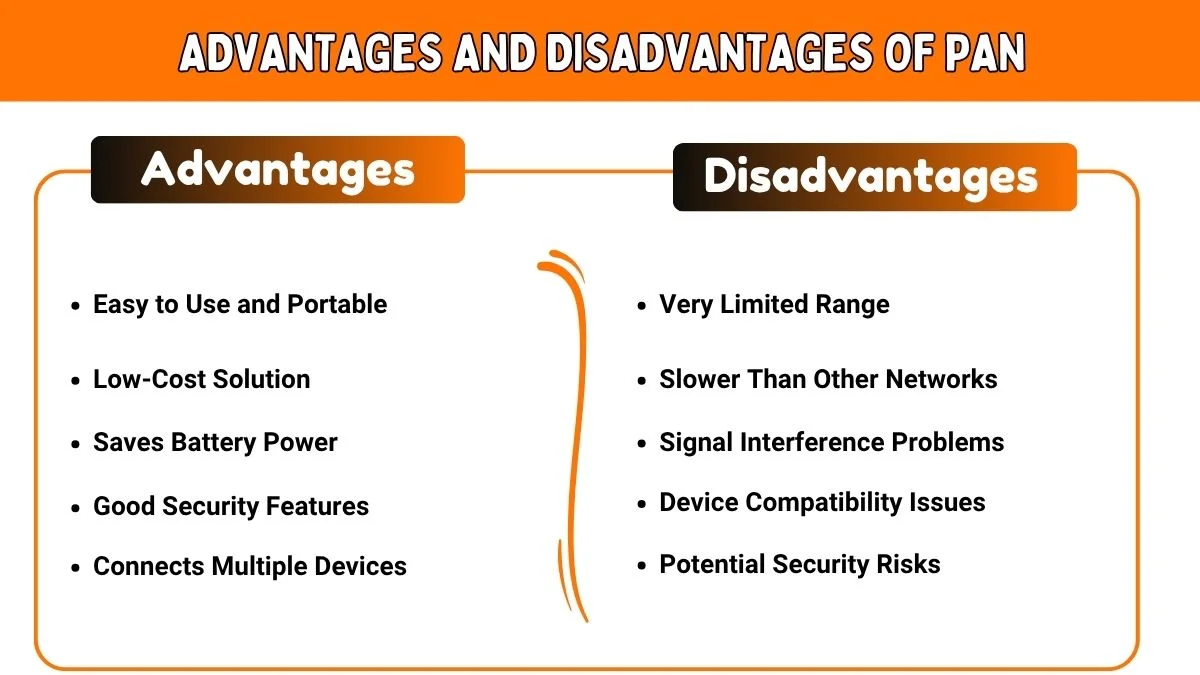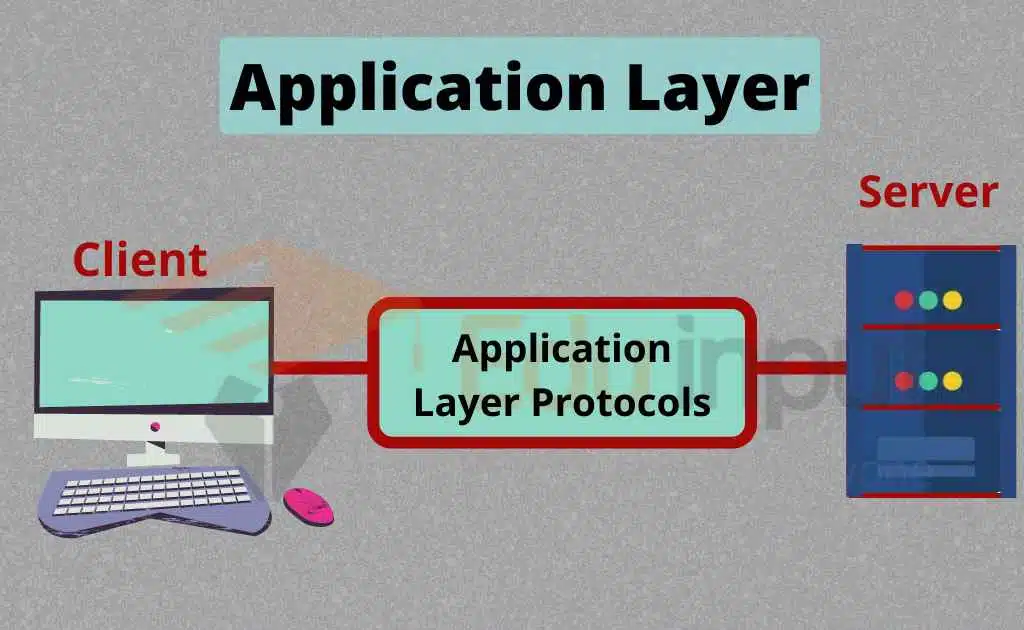What is Ring Topology -Types, Components and Working
Ring topology is one of the main types of network designs used in computer networks. Every device (or node) is connected circularly, forming a closed loop. Each device connects to two other devices, one on each side. The data travels around the ring until it reaches its destination. This structure ensures that every node is connected and can communicate with the others.

Types of Ring Topology
There are different types of ring topologies used for specific needs:
- FDDI (Fiber Distributed Data Interface): This high-speed network uses fiber optics to transfer data in a ring topology. It Provides fast and secure communication. It is typically used for larger-scale networks.
- Single Ring: A basic structure connects all devices in one single loop. Data travels in one direction, making it simple but vulnerable if a single connection fails.
- Dual Ring: In a dual ring, two rings run in opposite directions. This type of ring topology provides redundancy. If one ring fails, the other can maintain the connection.
- Token Ring: This type of network uses token passing for communication and can efficiently handle many devices. It is commonly used in local area networks (LANs).
Components of Ring Topology
Ring topology requires specific components to work:
- Network Interface Cards (NICs): Each device in the network needs a NIC to connect and communicate with other devices.
- Repeaters: Repeaters are used to strengthen the data signal. It is especially used in larger networks. It ensures that the data can travel long distances without degradation.
- Cables and Connectors: Cables link the devices and connectors to ensure proper connection points between them. Commonly used cables include fiber optics and coaxial cables.
- Network Termination: In a ring topology, ensuring proper termination is crucial so the data flows smoothly and reaches all nodes without interference.
Examples of Ring Topology
Ring topology has been used in various industries:
- Specialized Systems: Industries like telecommunications often use dual-ring setups for reliability.
- Office Networks: Small offices sometimes use ring topology to connect computers.
- Fiber Networks: FDDI-based networks use ring topology for fast data transmission over long distances.
How Ring Topology Works
In a ring topology, data moves in one direction, either clockwise or counterclockwise. Data transmission occurs through a method called token passing. A special data packet, called a “token,” circulates through the network in this system. Only the device that holds the token is allowed to transmit data. After the device sends its data, it passes the token to the next device in the ring.
The token-passing mechanism ensures orderly communication and prevents data collisions. The communication flow is smooth because each node waits to send data. This method also controls access, as only one device can send data at a time.
FAQs related to Ring Topology
How is data transmitted in a ring topology?
Data is sent around the ring in one direction, passing through each device until it reaches its destination.
What happens if one node fails?
In a single ring, the entire network can fail. However, in a dual ring, the second loop can keep the network running.
What is token passing?
Token passing is a method where a device can only send data when it holds a special packet called a token. This prevents data collisions.







Leave a Reply